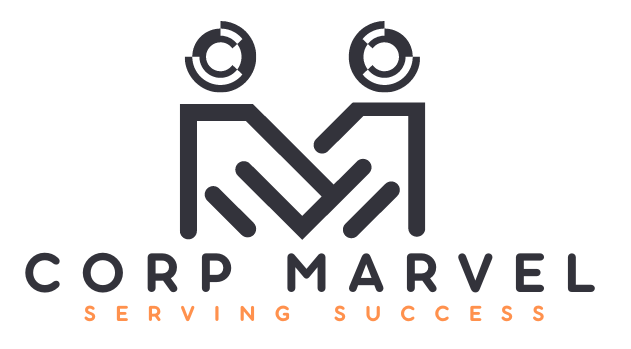Employee Empowerment Program: Unlocking the Potential of Your Workforce
In today’s fast-paced and competitive business environment, the success of any organization heavily depends on the strength and engagement of its workforce. One of the most effective strategies to enhance employee engagement, boost productivity, and drive innovation is through an Employee Empowerment Program. Empowering employees is not just a buzzword — it’s a strategic investment in your people that pays off in the form of higher performance, improved morale, and long-term loyalty.
What is Employee Empowerment?
Employee empowerment is the process of giving employees the autonomy, resources, and support they need to make decisions, take initiative, and contribute meaningfully to organizational goals. Instead of micromanaging every move, empowered employees are trusted to take ownership of their tasks, suggest improvements, and solve problems creatively.
Why Employee Empowerment Matters
Here’s why employee empowerment is a game-changer:
✅ Boosts employee satisfaction and morale
✅ Encourages creativity and innovation
✅ Reduces turnover and absenteeism
✅ Enhances productivity and efficiency
✅ Builds a culture of trust and accountability
✅ Improves customer experience through proactive staff
In short, when employees feel valued and trusted, they go the extra mile.
Core Pillars of an Effective Empowerment Program
Let’s look at the foundation of a successful employee empowerment initiative:
1. Autonomy & Trust
Trust is the backbone of empowerment. Empowered employees are given the freedom to make decisions within their roles. This doesn’t mean no accountability — it means freedom with responsibility.
2. Training & Development
To empower employees, you must equip them with the right tools and knowledge. Training programs, workshops, and e-learning modules play a huge role in confidence-building.
3. Transparent Communication
An open flow of information between management and staff builds transparency. Empowered employees are kept in the loop about company goals, challenges, and opportunities.
4. Feedback Culture
A two-way feedback system allows employees to share their thoughts while also receiving constructive input from leadership. This continuous loop encourages improvement and innovation.
5. Recognition & Rewards
Appreciating empowered behaviors — such as initiative-taking or problem-solving — encourages a culture where others also step up.
6. Ownership & Accountability
Employees who feel like stakeholders in the company take greater responsibility for their work. Giving them ownership over projects drives results and loyalty.
Tools & Technologies That Support Empowerment
Leverage modern tools to reinforce your empowerment program:
✅ Internal Communication Platforms (Slack, Microsoft Teams)
✅ Learning Management Systems (LMS)
✅ Project Management Tools (Asana, Trello, ClickUp)
✅ Feedback Tools (Google Forms, Officevibe)
✅ Reward & Recognition Platforms (Bonusly, Kudos)
Conclusion: Empowering Employees is Empowering Your Future
An Employee Empowerment Program is more than just a policy — it’s a mindset. It’s about creating a workplace where people feel trusted, valued, and motivated to give their best every day. When employees thrive, your business thrives. In a world where change is the only constant, empowered employees are your biggest asset. Start building a culture of trust and ownership today — and watch your organization transform from the inside out.

